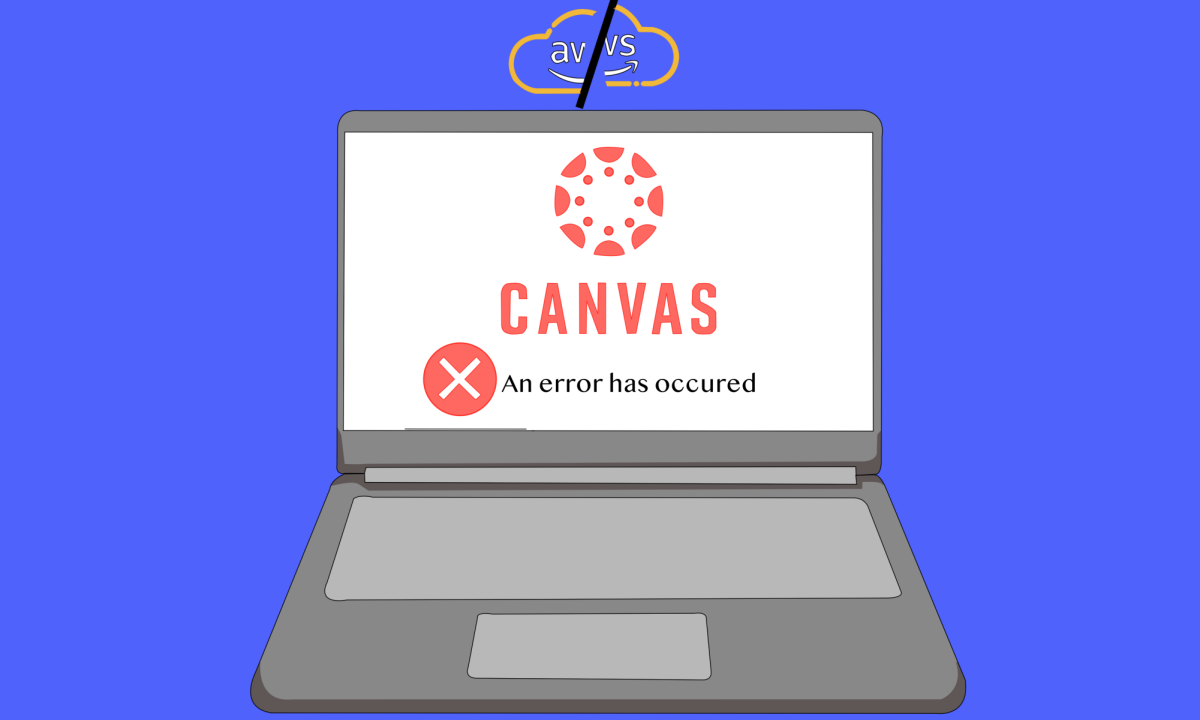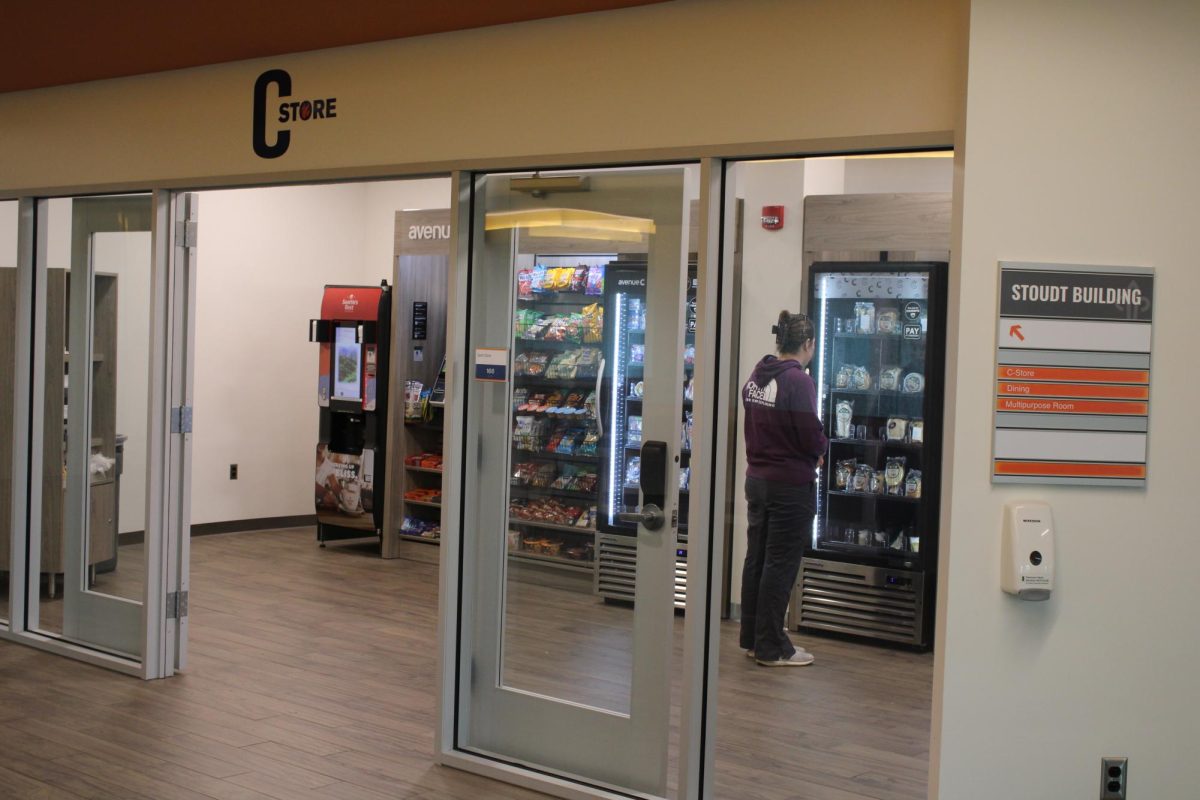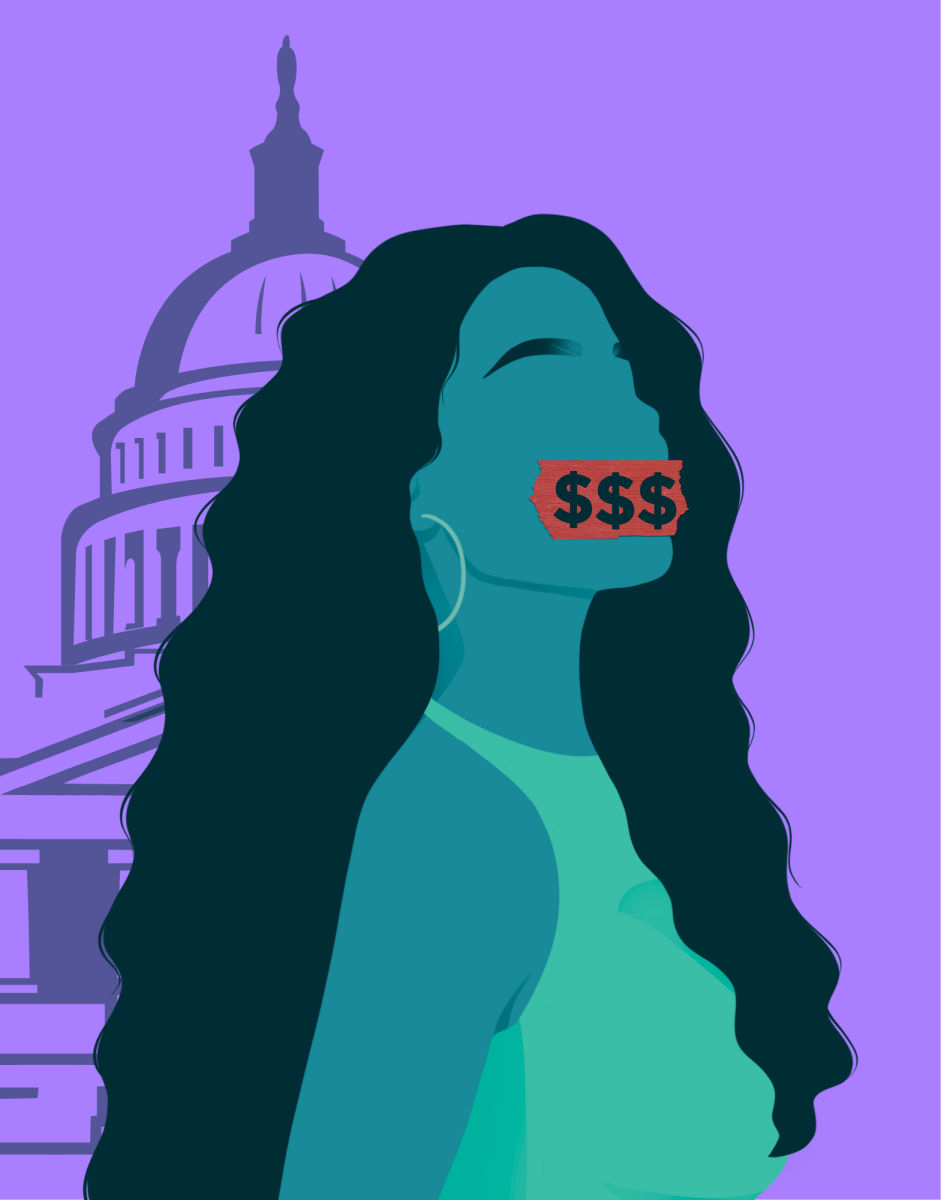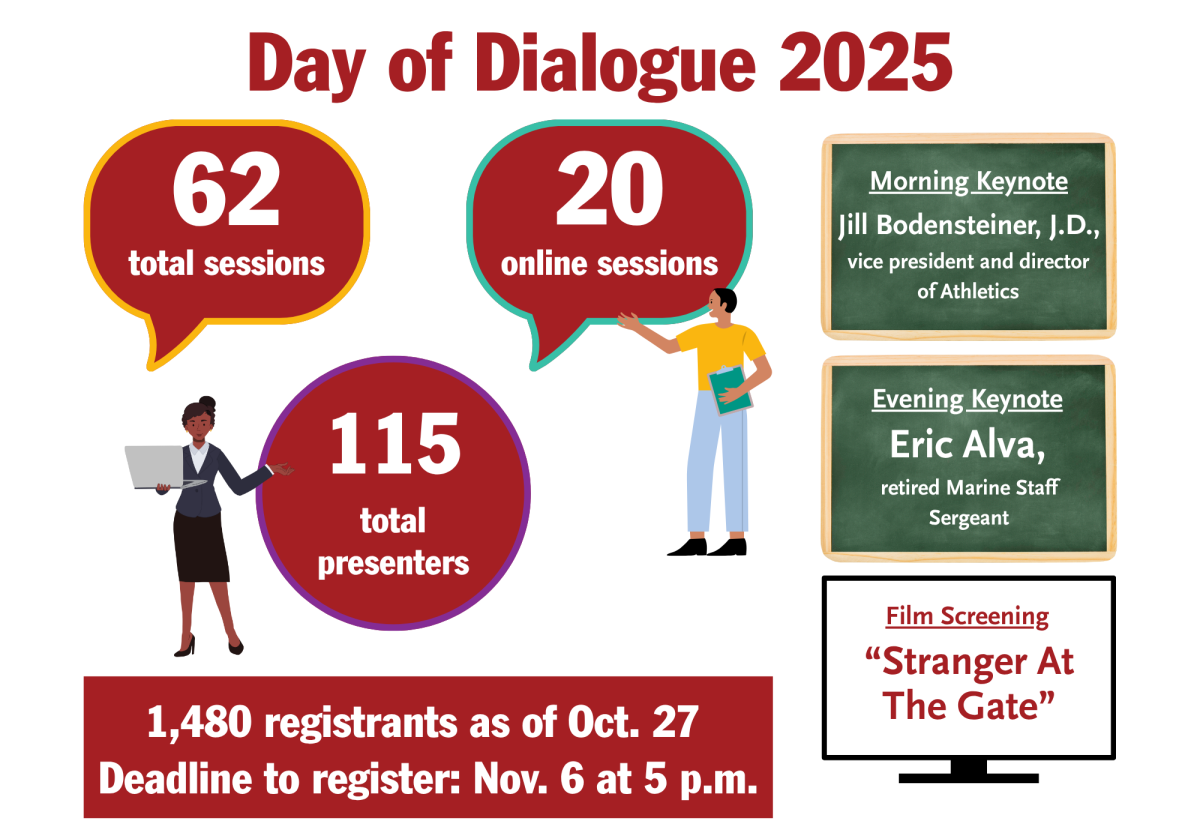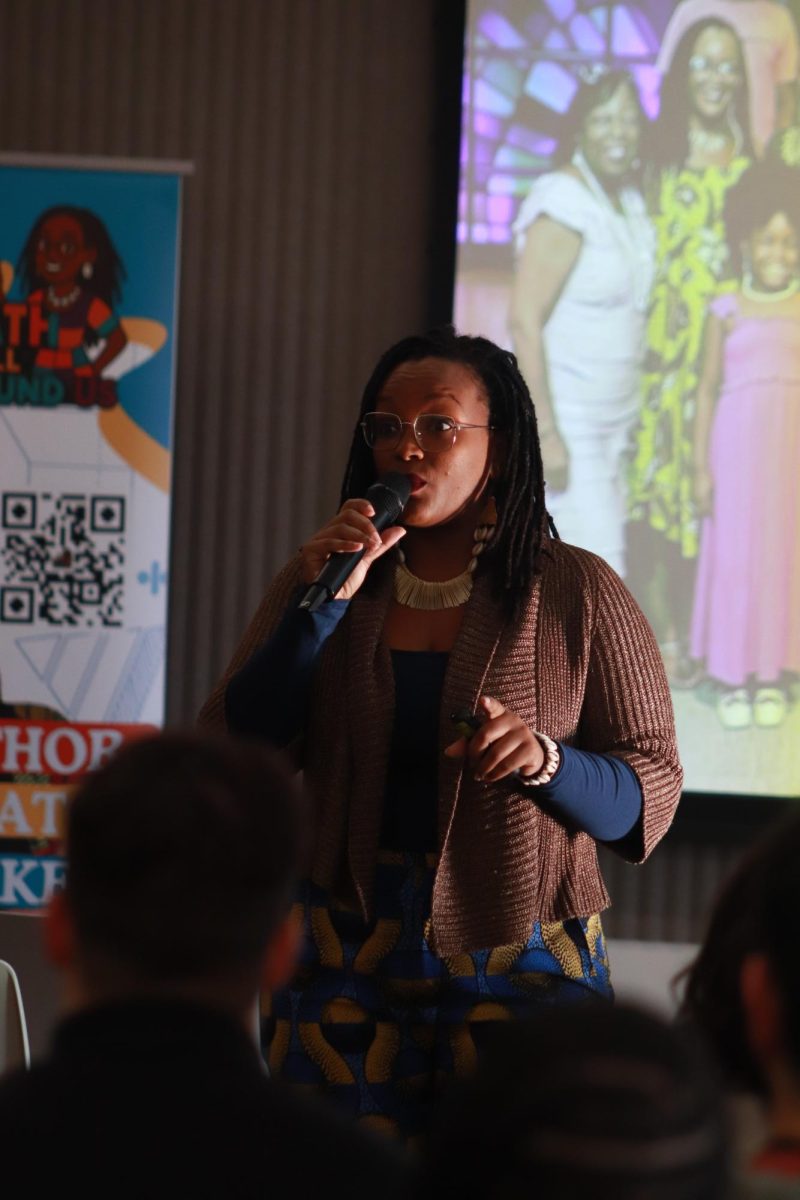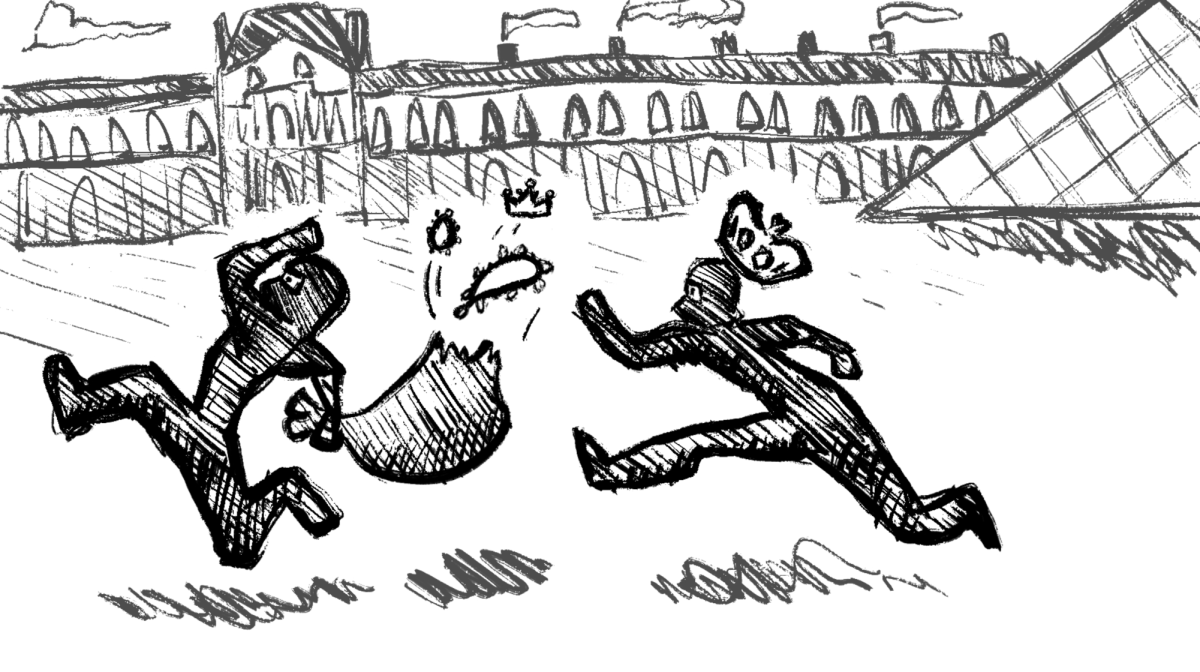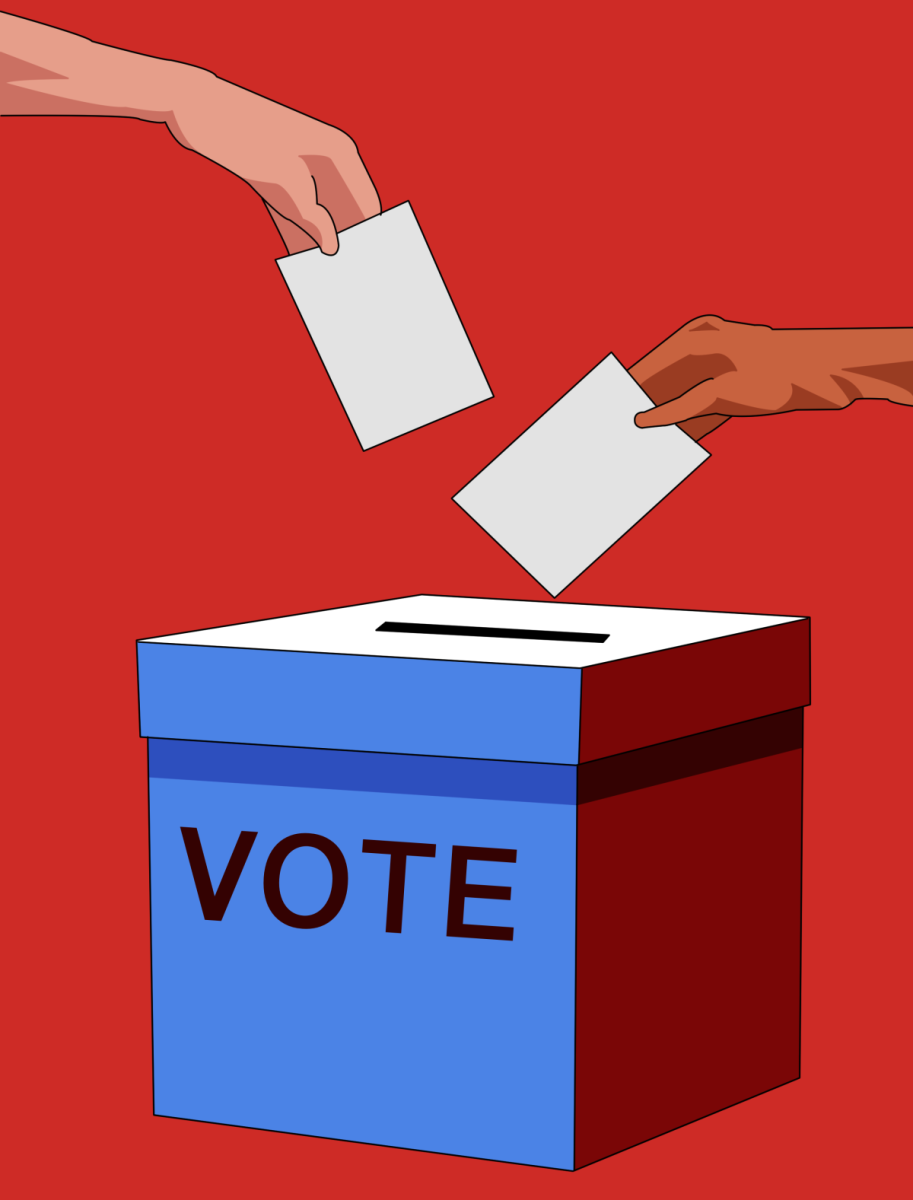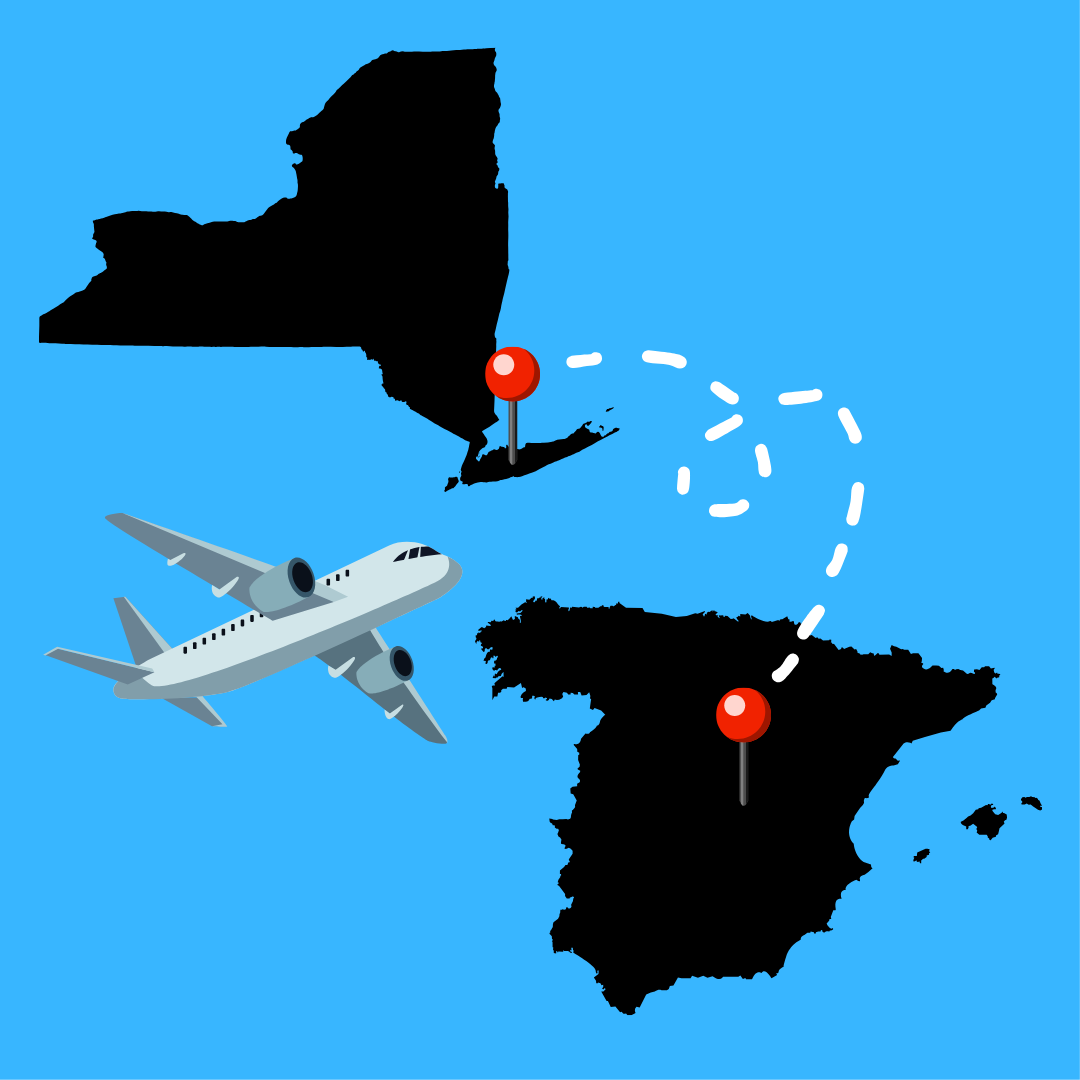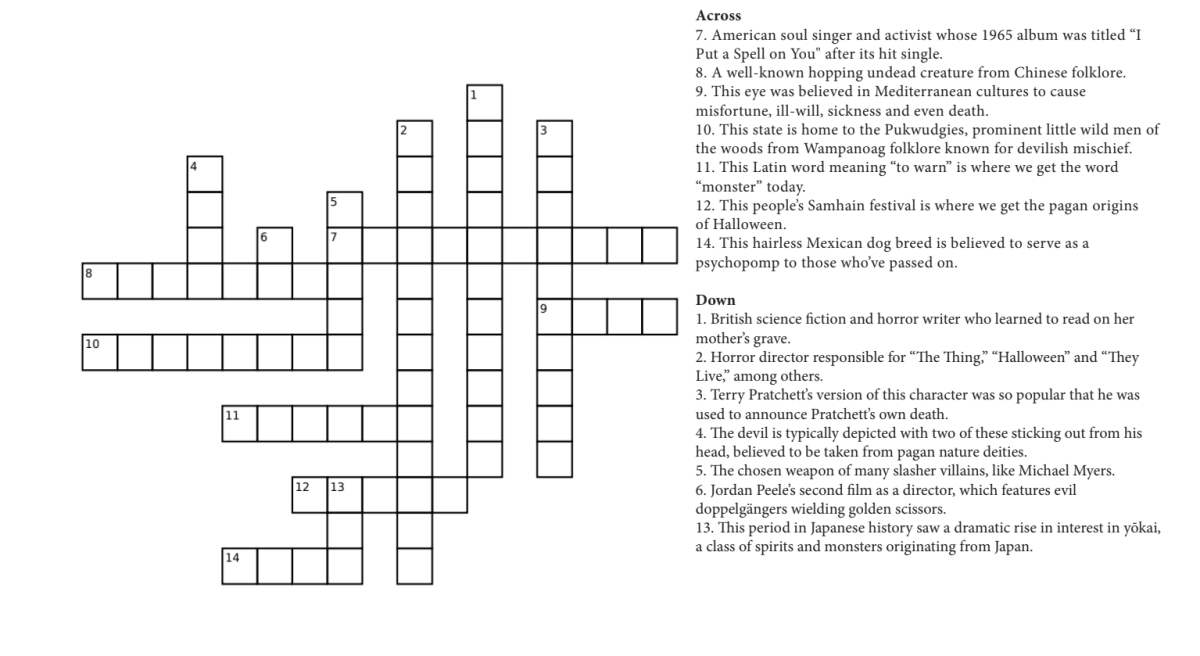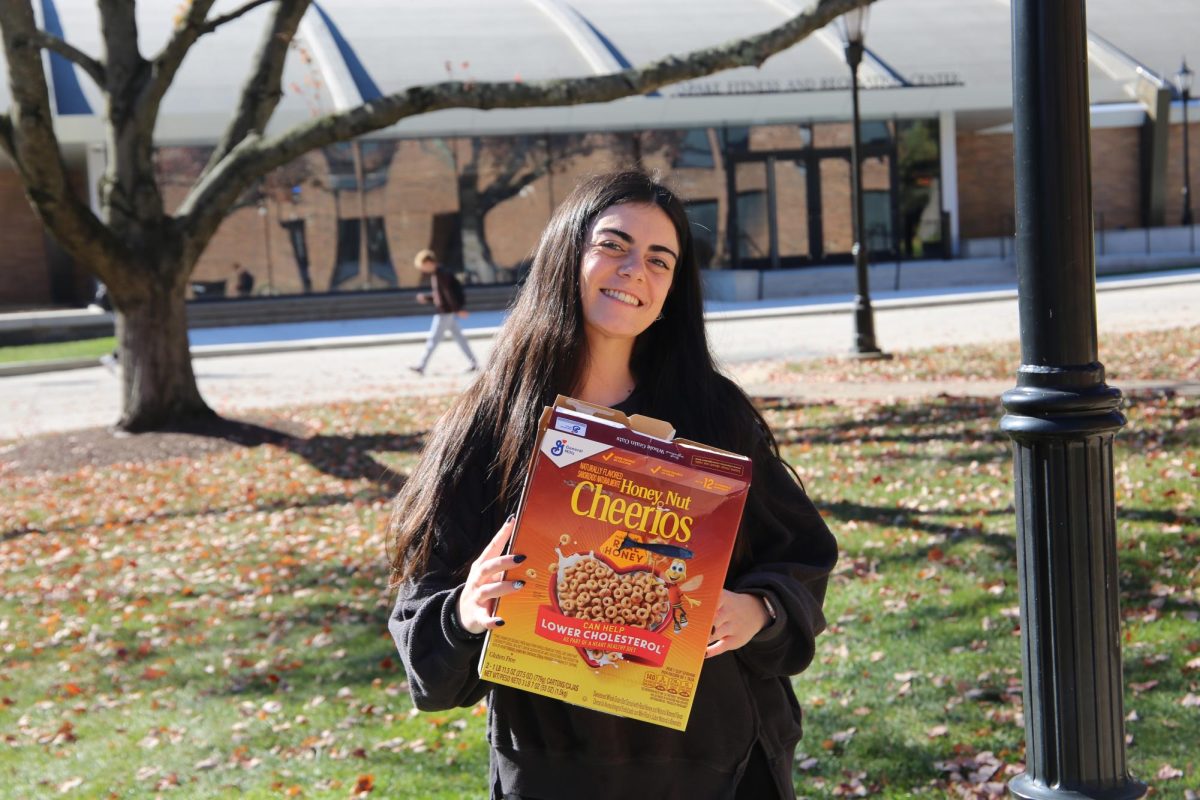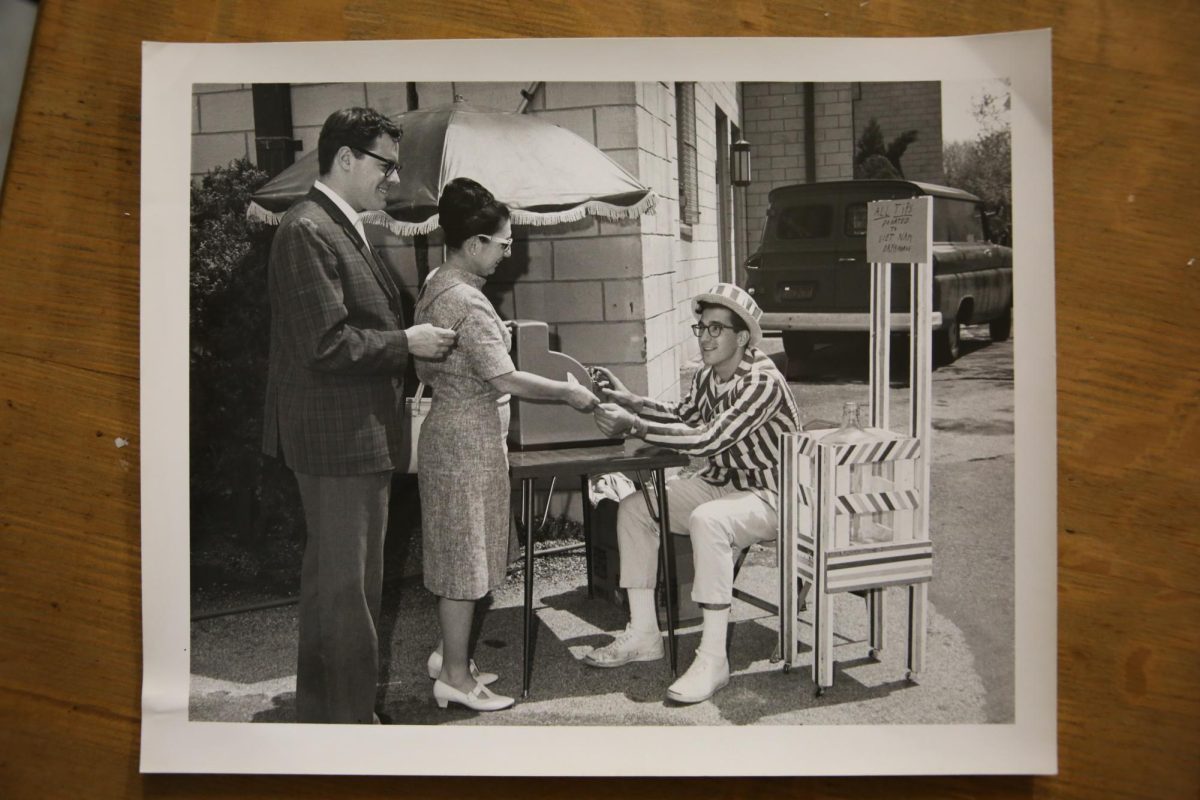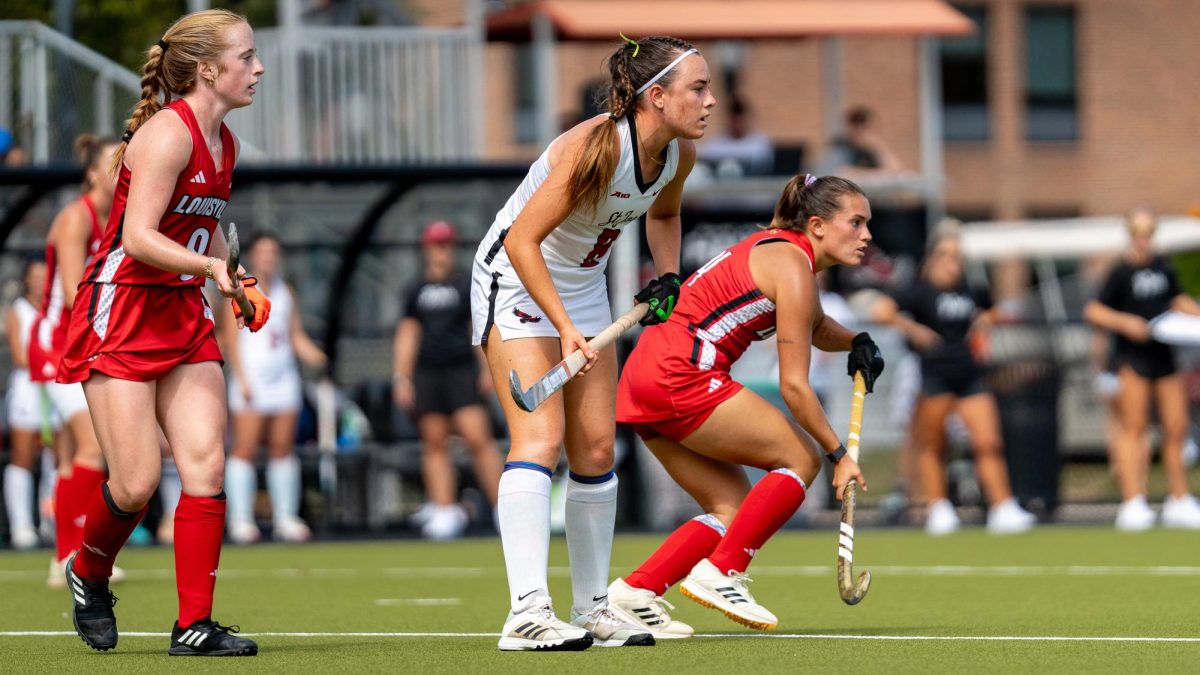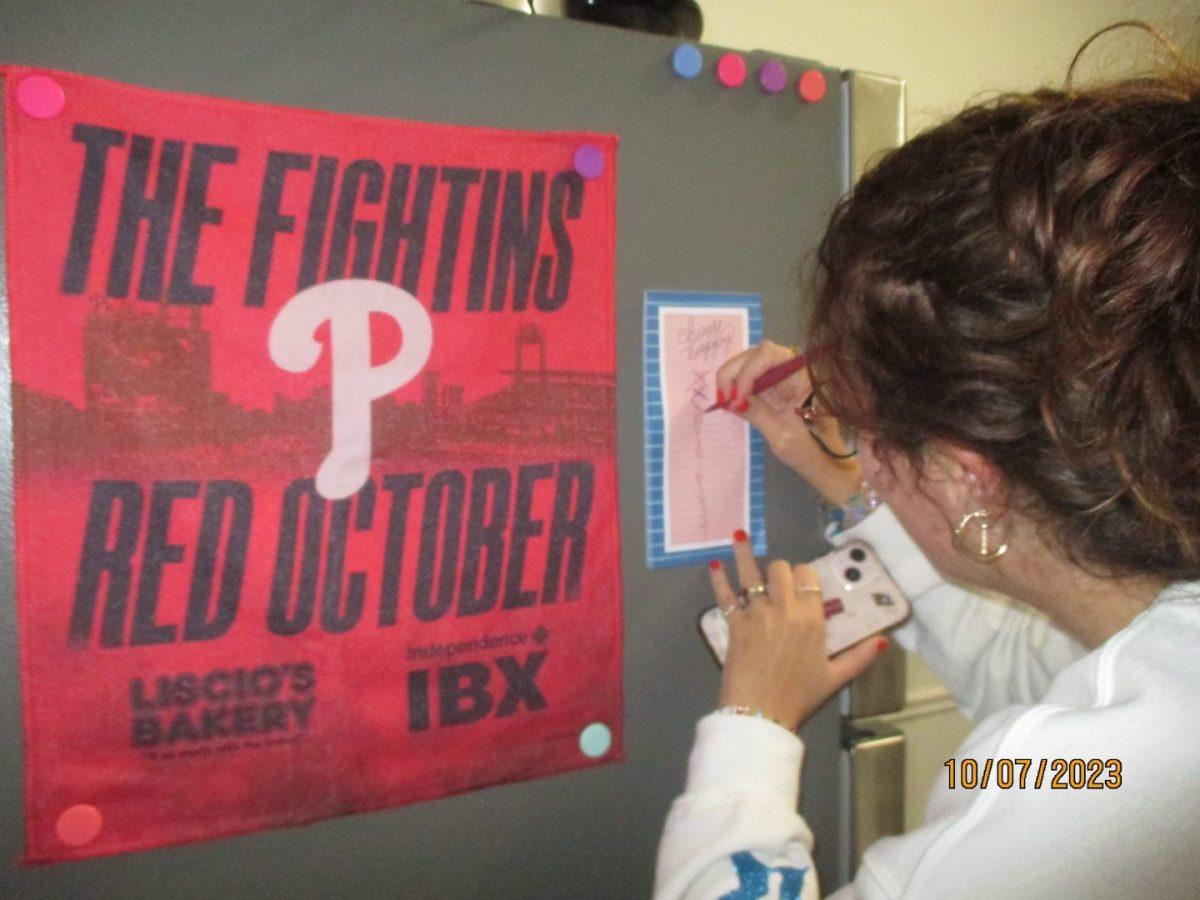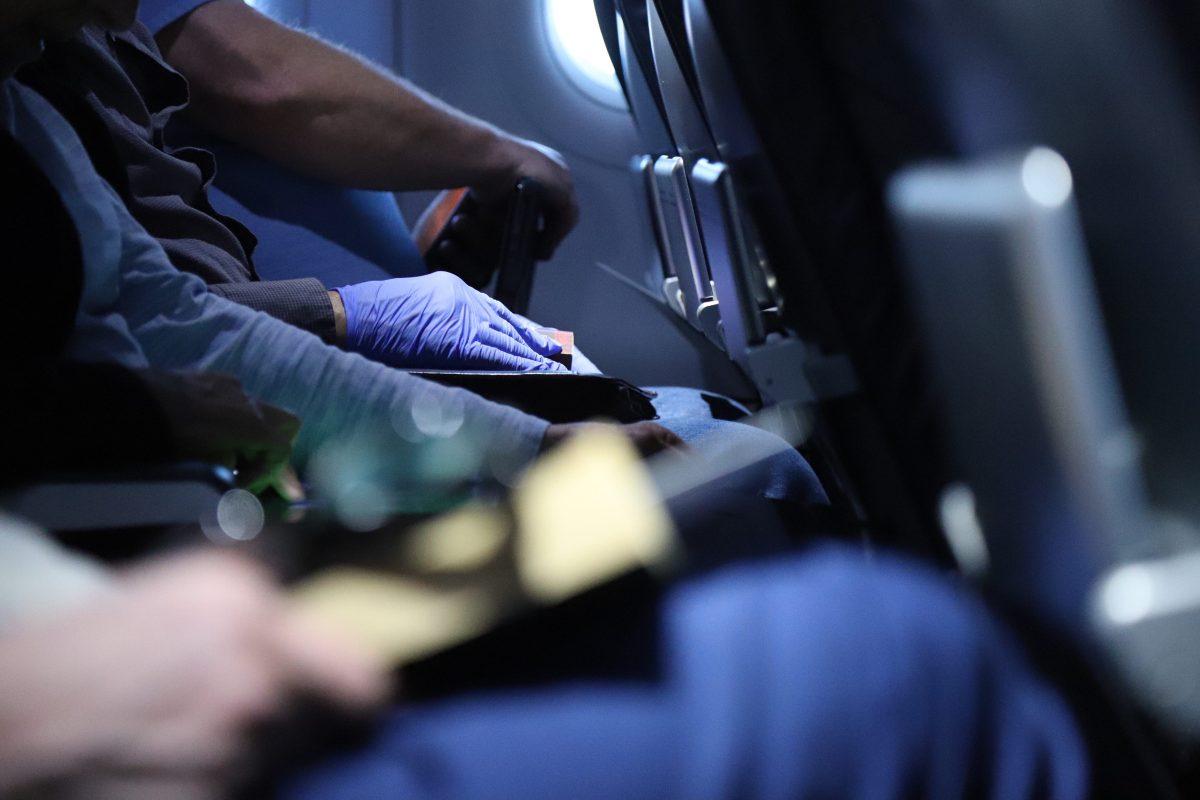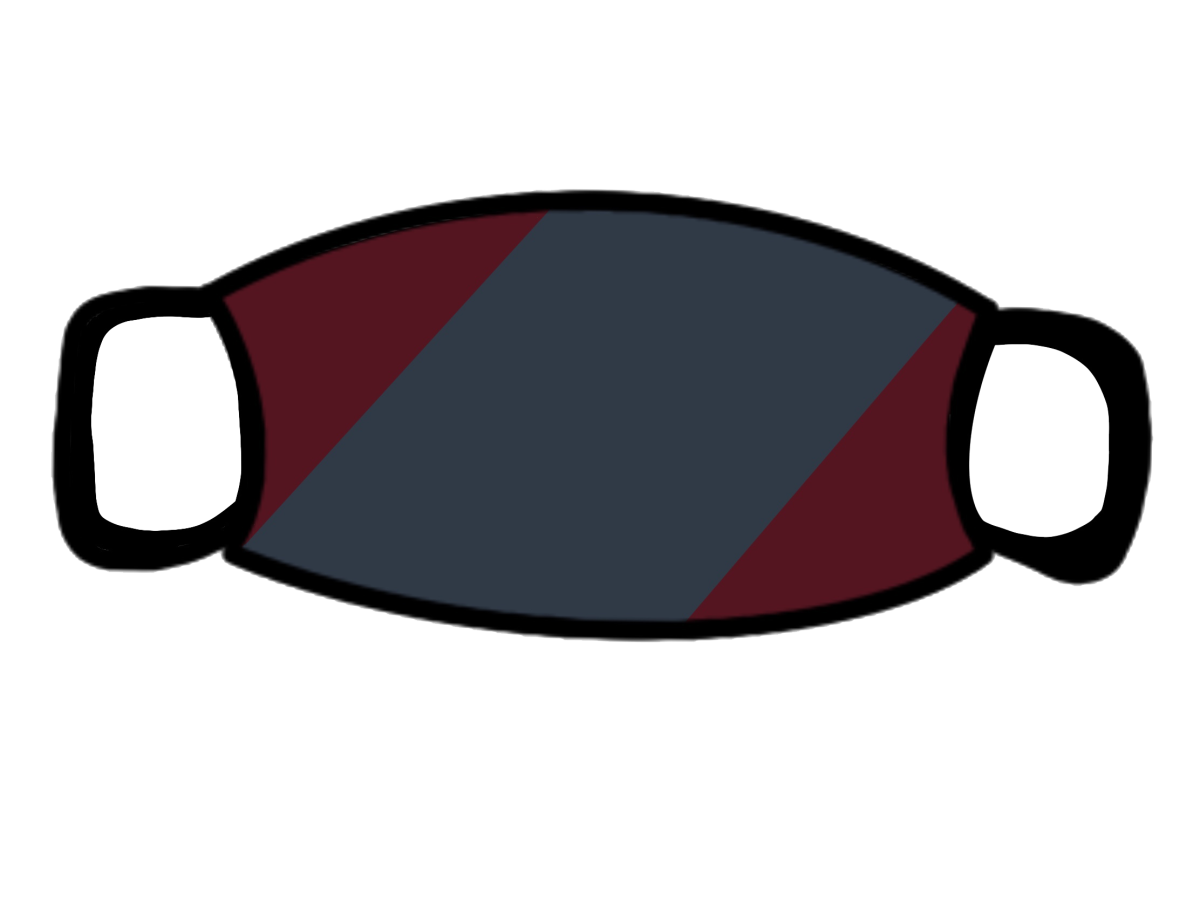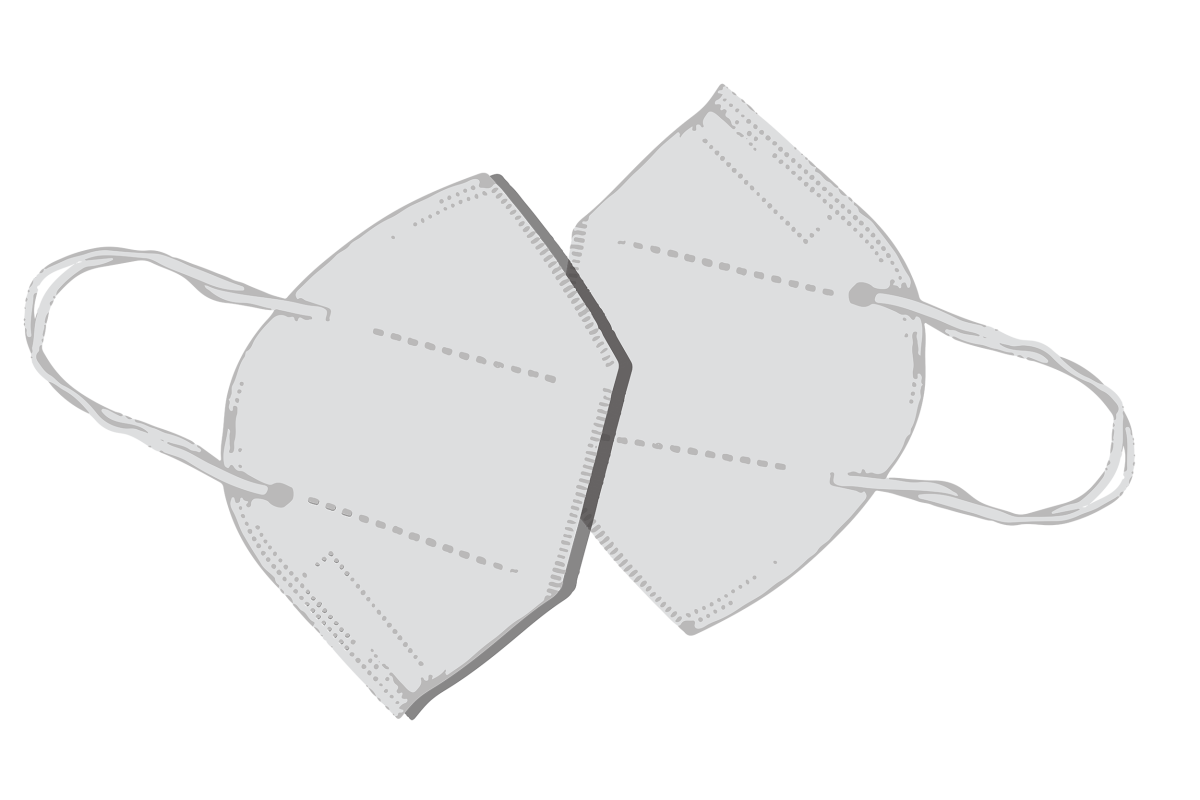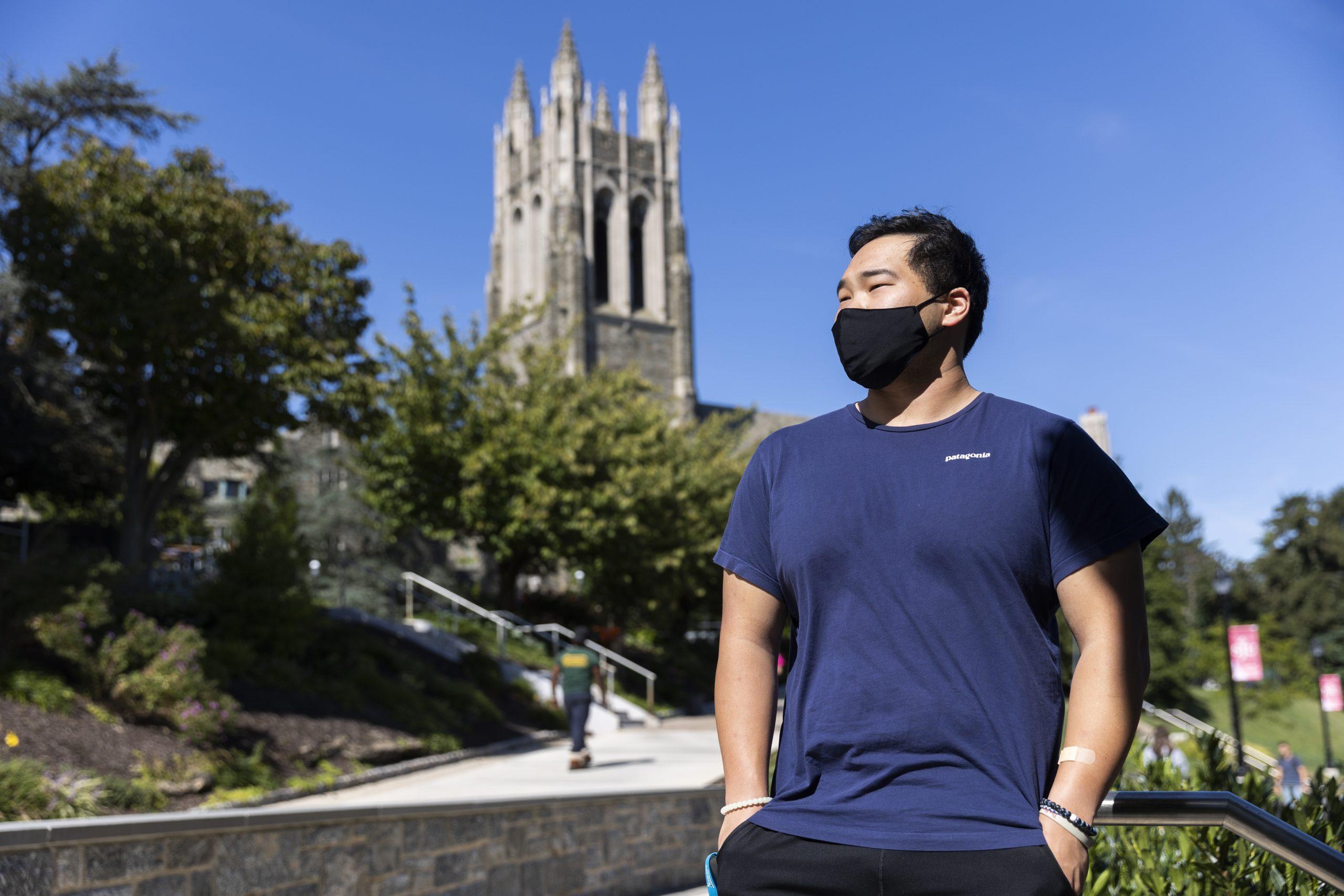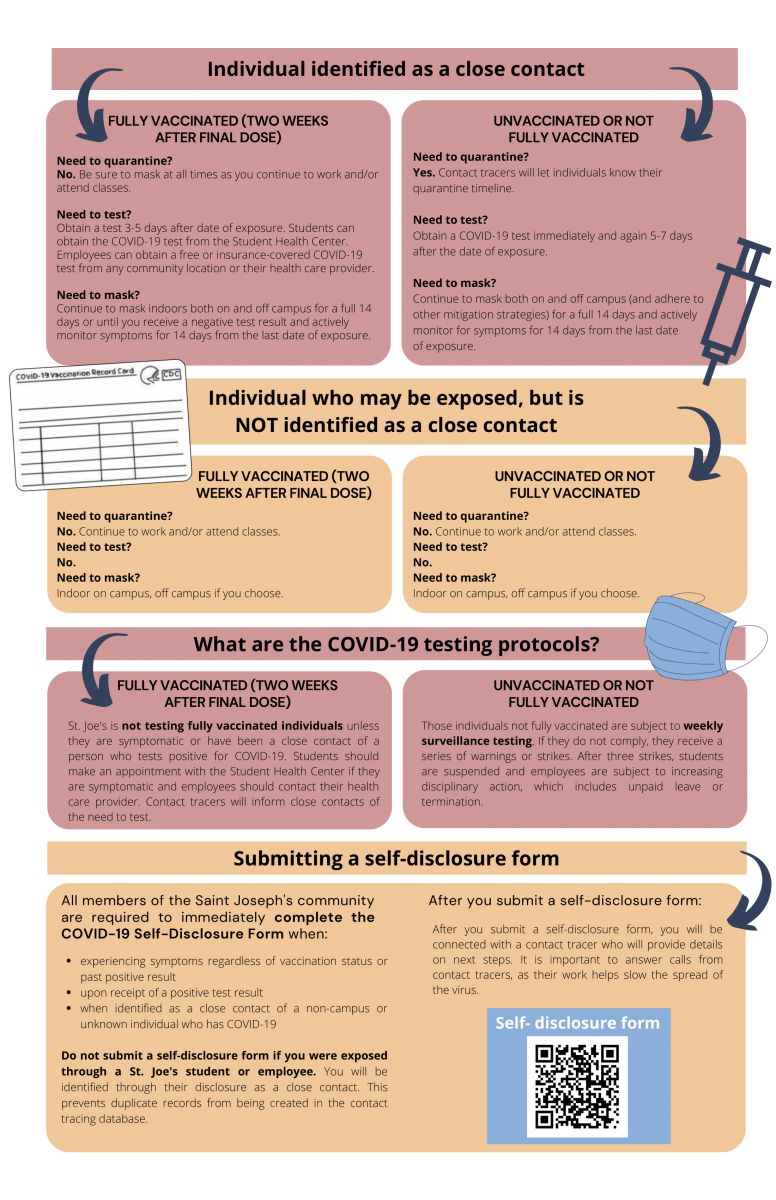For St. Joe’s students and faculty, March brings a long-awaited spring break: a week off to travel, catch up on work or relax. This year, because of the coronavirus pandemic, the university canceled spring break.
The academic calendar was modified last December to push the start of spring classes to Jan. 25. Two “Health and Wellness days” (previously called “Reading Days”) were added and spring break was removed, according to a Dec. 10 university announcement from Cheryl McConnell, Ph.D., provost and vice president of Academic Affairs. Easter break remains scheduled for April 2 to April 5.
Cary Anderson, Ed.D., associate provost and vice president of Student Life, wrote in response to written questions from The Hawk that “spring break posed too much of a risk of virus spread to the campus.”
But, Anderson said student feedback helped encourage the university to retain Easter break and solidify other changes to the calendar.
“Student input influenced the decision to hold an Easter Break and to move from reading days to Health and Wellness days to promote self-care,” Anderson said.
St. Joe’s decision falls in line with universities across Philadelphia and nationwide that have canceled their spring breaks. According to their academic calendars, Temple University, Villanova University, the University of Pennsylvania, Cabrini University and LaSalle University all have eliminated their spring breaks.
At St. Joe’s, students and faculty are worried about the effects of not having a typical break.
Matt Morin ’22 said he is concerned about not having a break to take a moment to relax during the semester.
“It’s just straight work for 10 to 12 weeks,” Morin said. “It takes a toll on you.”
Ronald Dufresne, Ph.D., associate professor of management, said while he understands the decision to remove spring break from the academic calendar, he won’t have the time to catch up on the work he usually does during the week off.
“I think [not having spring break] is reasonable to keep our students, our staff and faculty healthier. And it’s just like everything else this school year, it’s going to present the challenge,” Dufresne said. “I have to do like everyone else, just keep working and miss that chance to get caught up without classes, but I get it.”
Tinamarie Stolz, M.A., adjunct professor of theology and a campus minister, said removing spring break is a necessary decision for the university to make given the coronavirus pandemic.
“I do miss having a spring break, but it was the best decision possible in a situation where there are not many good outcomes, no matter what you do,” Stolz said.
The two Health and Wellness Days were added in lieu of spring break. One was March 2 and the other is scheduled for April 28.
Greg Nicholls, Ph.D., director of Counseling and Psychological Services (CAPS), wrote in response to written questions from The Hawk that he does not necessarily see these days as providing the same break that spring break normally does. However, he said they are still important.
“They still signal to students the importance of focusing on their wellbeing in order to cope more effectively,” Nicholls said.
Nicholls advised students to do their best to follow healthy routines without the usual break.
“That means relying on the social support of friends and making sure one is not compromising good sleep and diet,” Nicholls said.
Last fall, there were two reading days, one at four weeks into the semester and one at eight. The typical fall break was also canceled.
Michaela Mulkerrins ’24 said the reading days were not breaks. She said her professors loaded up on homework those days. As a result, on Reading Days she was unable to “rest and rejuvenate.”
Morin said his professors utilized the days as preparation for a big assignment or exam.
“If you have a Tuesday off, a Monday teacher will say ‘You can study Tuesday because you don’t have class’ and that doesn’t really bode well for a lot of students’ ability to relax and recenter themselves,” Morin said.
Anderson said this semester’s Health and Wellness Days are purposefully constructed as breaks.
“There should not be extra coursework, but an opportunity to take the day off,” Anderson said.
For students who live farther from campus, the biggest loss from not having extended time off is not being able to travel home.
Johnny Whitaker ’23, who is from Chicago, said it will be difficult to be away from his family for so long.
“There’s definitely a larger gap between when I’m going to be home,” Whitaker said. “I think we’re trying to plan something for Easter, but it is tough when you’re so far.”
Mulkerrins, who is from San Francisco, said she also finds it difficult to be away from family for so long. She won’t be traveling home for the Easter break.
“It was a hard three months last semester, so I can’t imagine doing four,” Mulkerrins said.
Many students who live closer to campus plan to head home during Easter break. Prior to leaving campus for Easter, students will be given the opportunity to take a COVID-19 test, according to Anderson.
“Students are encouraged to be extra cautious prior to leaving campus by doubling down on their commitment to masking, distancing and avoiding gatherings,” Anderson said. “We will conduct testing when students return from the Easter Break.”
While Stolz, like most others, will miss having spring break this year, she said she is aware that this is a step towards a return to normalcy.
“When this is all over, can we just have a gigantic campuswide barbeque for a week straight?” Stolz said. “Everybody without masks, hugging one another.”

